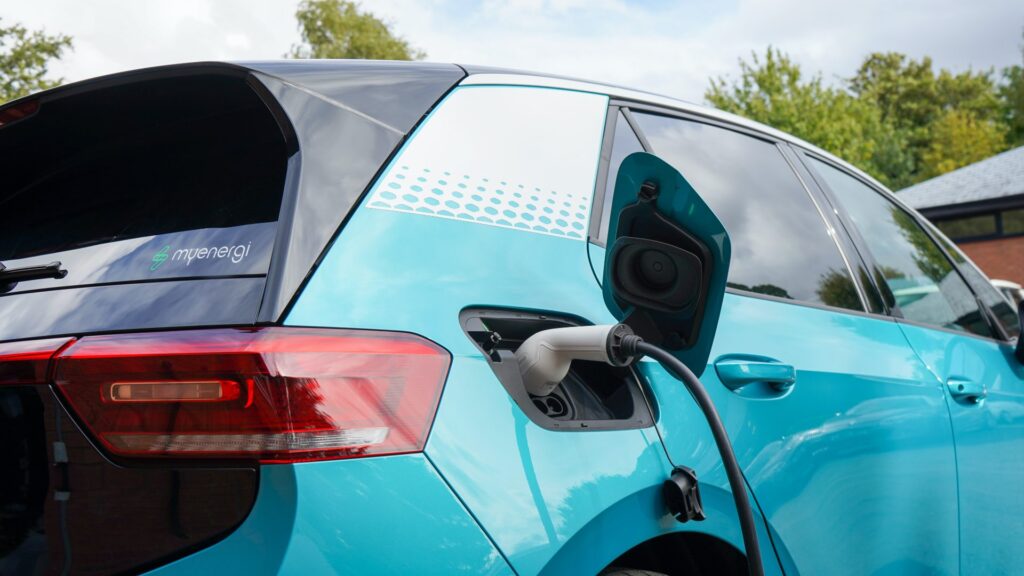Electric and hybrid vehicle numbers are fully expected to increase and eventually overtake combustion motors. Equally their availability and accessibility should increase, with longer battery life and improved range promised from manufacturers.
Businesses may well want to transition their fleet over to EV vehicles, taking advantage of the lower cost and ethical implications. However there are some considerations electric vehicle fleet managers should take into account before investing in electric vehicles. Or perhaps you’ve already bought a few electric cars and vans, and wish to know what risks to look out for. We’ve compiled five tips that business need to know about electric vehicle maintenance and the risks of running an electric fleet.
1. Knowing Electric Vehicle Hazards
There are a wide range of hazards specific to electric vehicles which regular combustion vehicle drivers may not know about. Roadside recovery workers know all too well about the hazards posed by malfunctioning electric vehicles, which is why they’ve required extra training. Here are a few examples of the hazards electric vehicles pose:
- Electric shocks from high voltage components and cabling
- Fire dangers
- High voltage even when switched off
- Battery replacement risks
- Explosive gases and liquids within batteries
- Electric vehicles are unusually quiet, meaning passers-by can be unaware of their presence
- Electric vehicle components may affect pacemakers
Ensure your drivers know about these dangers and are aware that only a qualified professional should be tackling these areas.
2. Establishing a robust electric vehicle charging infrastructure
One of the primary concerns for businesses operating electric vehicle fleets is ensuring they have a reliable way to charge them and keep them operational. A reliable charging infrastructure which is well-designed and scalable is crucial to support the needs of an EV fleet.
This can be accomplished by installing charging stations at the workplace. There exists a government-backed scheme to discount the installation of charging stations at work, however it still remains expensive – at around £1,000 to £1,500 per chargepoint.
Alternatively, setting up partnerships with charging network providers could be a cost-effective option depending on the location of your fleet. Partnerships will enable businesses to provide their staff with convenient access to charging points across the country.
Additionally, businesses could also think about integrating smart charging systems which regulate energy consumption, optimise charging times, and cut expenses.
3. Dangers of Valeting Electric Cars
Water and electrics do not mix, and so washing and valeting electric cars can pose an increased risk. Pressure washing electric and hybrid vehicles can prove dangerous, as it has the potential to damage high-voltage electrical components.
High-voltage cables are usually coloured orange. In most cases, businesses should choose not to valet their cars. Instead, refer to guidance from manufacturers and get a professional to valet any under body areas including the engine bay.
4. Tracking Vehicle Data
Electric vehicles generate a wealth of data, finding out how to handle this can help fleet managers maximise their use and stay on top of maintenance. Drivers should be aware of the data being transmitted which will help reduce the likelihood of vehicle misuse.
Vehicle data collected can include:
- Driving behaviour
- Distance
- Faults and issues
- Energy used
- Routes taken
This data can allow the fleet manager to optimise their fleet’s performance by:
- Addressing maintenance issues before they become a larger problem
- Advise on better, more economical routes
- Advise drivers on better driving practices
- Reducing overall costs.
5. Electric vehicle fleet insurance costs
The larger and more powerful the vehicle, generally the higher the insurance costs. For tax purposes, EVs receive a rate around 2%, a level far lower than petrol or diesel. This is countered by the cost increase insurance poses for electric and hybrid vehicles compared to their combustion alternatives. Parts are difficult to source and EV cars are less common, rasing the insurance risk. Some electric vehicle series are also notoriously hard to fix, with long wait times and expensive components.
Fleet managers may get a shock when they see the average price of insurance for an electric fleet. To ensure the best deal fleet managers need to use a competent independent broker. Romero Insurance Brokers will provide expert guidance on setting up a successful fleet project for your business. We also handle the fleets of Private Clients, providing dedicated and detailed advice.
A significant benefit of working with Romero Insurance Brokers is our claims team. Our internal 20 strong team of experts are ready to instantly handle any issue you have with your fleet. Our Romero claims app allows fleet managers to quickly report any potential claims or issues, cutting down on unnecessary paperwork and avoiding delays.
Protect and Insure Your EV Fleet with Romero Insurance
If you are planning to convert your fleet to electric vehicles, or you wish to improve your policy, please get in contact with a Romero Insurance specialist. We have helped hundreds of businesses improve on their insurance offering, providing the unrivalled support for the best market deals.
Check out our Claims app to see how easy it is to report an incident. See a Case Study on How the Romero Claims App saves our customers valuable time.
HOW THE ROMERO CLAIMS APP SAVES OUR CUSTOMERS VALUABLE TIME
Our app makes the claims process much easier for individual drivers, but the main benefit is provided to fleet and transport managers. Instead of dealing with dozens of laborious claims, the Romero claims team receives all the information they need to secure a settlement quickly.
See what fleet managers say about our Claims App:
Read More





